Researchers have discovered that a 405-km-long wall along the Mongolia-China border appears to have been hastily built to keep out invaders.
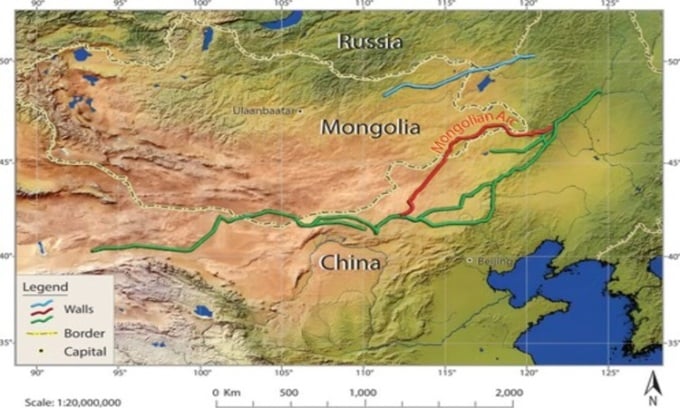
Location of the Mongolian arc (red line). Photo: Field Archaeology
A section of the Great Wall of China that stretches into Mongolia has been analyzed for the first time, allowing researchers to speculate about the history and function of the massive structure. Stretching more than 405 kilometers (250 miles), the wall has been nicknamed the “Mongolian Arch” due to its curving route. The study of the unique wall was published in the journal Field Archaeology, IFL Science reported on December 28.
Running roughly parallel to the border between China and Mongolia, the ancient barrier stretches from Sukhbaatar Province to Dornod Province in northeastern Mongolia, where temperatures often drop to -25 degrees Celsius. Despite its size and complexity, researchers are still unsure exactly when the structure was built, by whom, or for what purpose.
Consisting of an earthen wall, a trench, and 34 structures, the wall and its construction are mentioned in several historical documents from the 11th to the 13th centuries, although current researchers have not been able to provide a more precise date. Realizing that the Mongol arc has received little attention in scholarly texts, a team from the Hebrew University of Jerusalem in Israel combined satellite imagery, Chinese and Soviet maps, and direct field observations to analyze the wall and its accompanying structures.
Their most notable finding was that the Mongol wall contained large gaps, suggesting that it was built hastily and therefore never fully reinforced. “One possible explanation for the gaps, or vulnerable points in the system, is that the Mongol wall was hastily built in the late Jin Dynasty as a defensive barrier against Mongol invasion,” the team said. While the researchers are not certain of the wall’s age, it is likely that its construction coincided with the Mongol conquest of the Jin Dynasty around 1200. However, they stress that this is just a hypothesis.
Another hypothesis put forward by the team is that the Mongol wall did not serve a military function but was tied to controlling the movement of people and livestock, possibly related to tax collection. Evidence supporting this hypothesis comes from the fact that the wall was not a good barrier, with many of the guard posts being poorly positioned, providing poor visibility of the surrounding area.
Researchers are planning to excavate some more structures related to the Mongol arch to determine when the wall was built and what its purpose was.
An Khang (According to IFL Science )
Source link


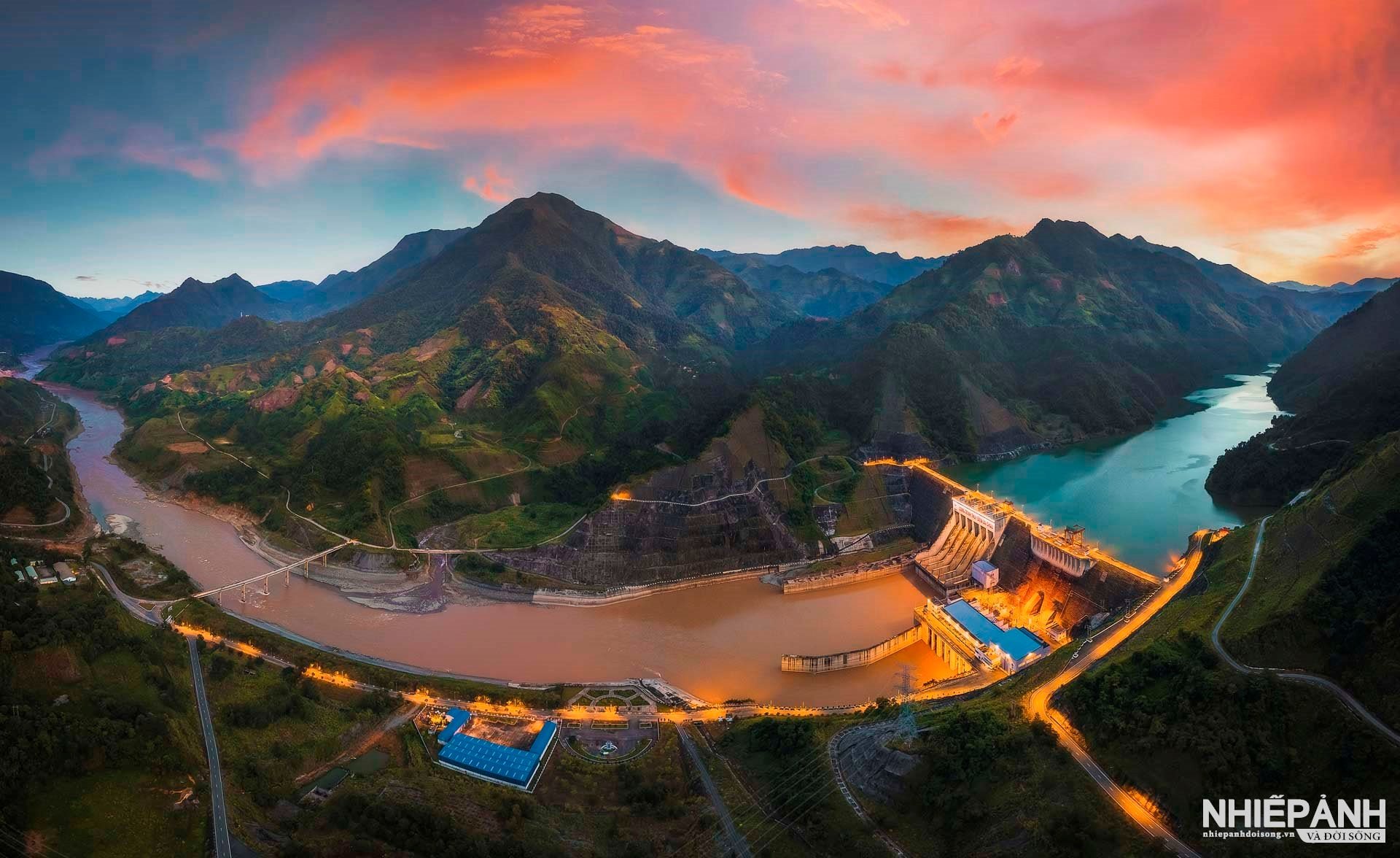
![[Photo] Speeding up construction of Ring Road 3 and Bien Hoa-Vung Tau Expressway](https://vstatic.vietnam.vn/vietnam/resource/IMAGE/2025/3/31/f1431fbe7d604caba041f84a718ccef7)
![[Photo] Prime Minister Pham Minh Chinh receives delegation of leaders of US universities](https://vstatic.vietnam.vn/vietnam/resource/IMAGE/2025/3/31/8be7f6be90624512b385fd1690124eaa)
![[Photo] General Secretary To Lam receives US Ambassador to Vietnam Marc E. Knapper](https://vstatic.vietnam.vn/vietnam/resource/IMAGE/2025/3/31/5ee45ded5fd548a685618a0b67c42970)
![[Photo] 2nd Conference of the Party Executive Committee of Central Party Agencies](https://vstatic.vietnam.vn/vietnam/resource/IMAGE/2025/3/31/8f85b88962b34701ac511682b09b1e0d)








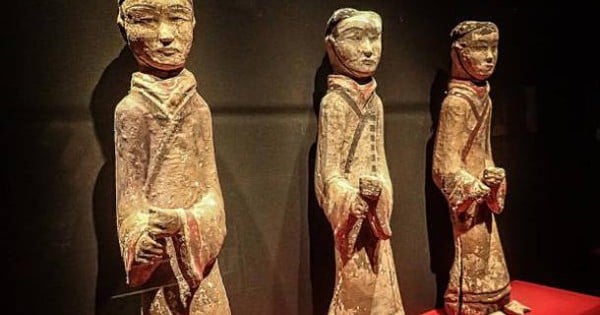








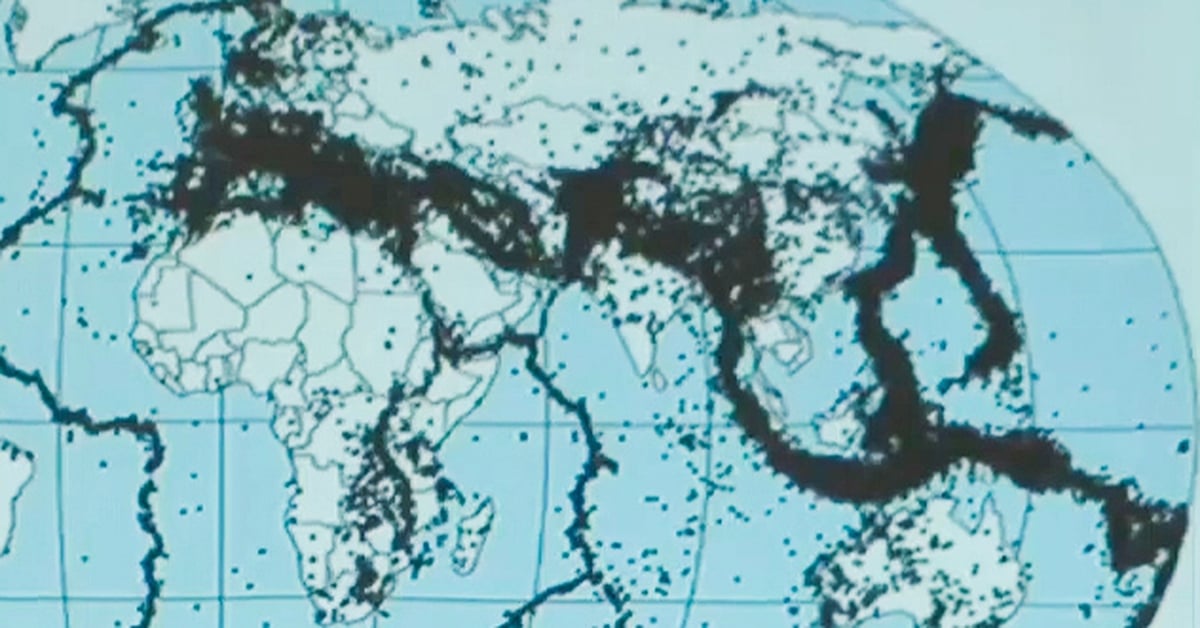


















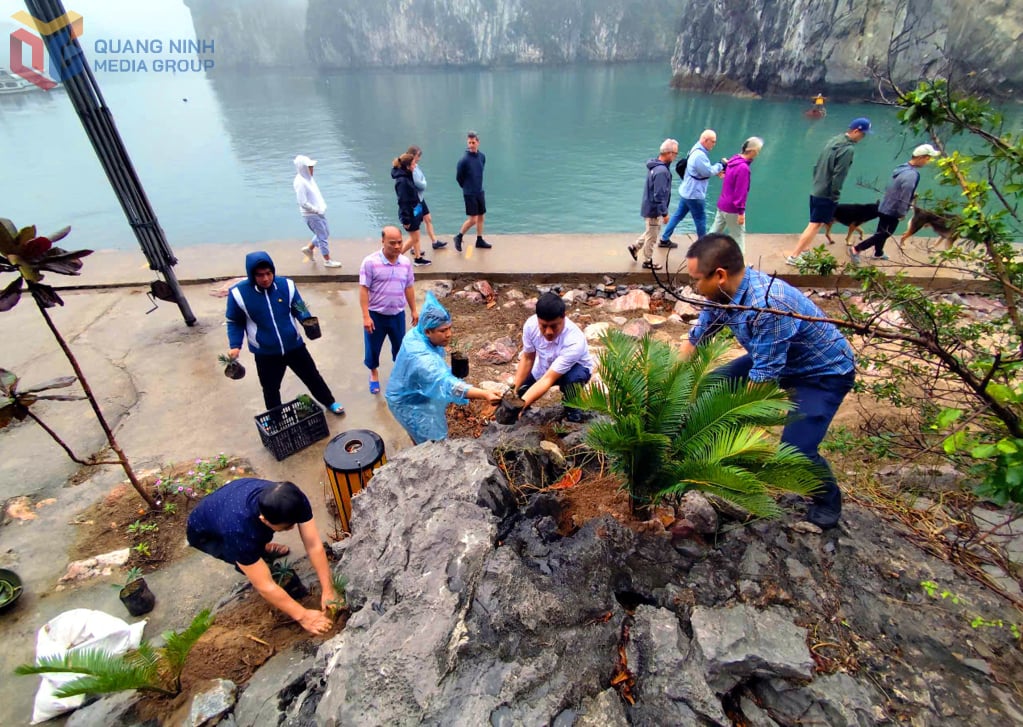



















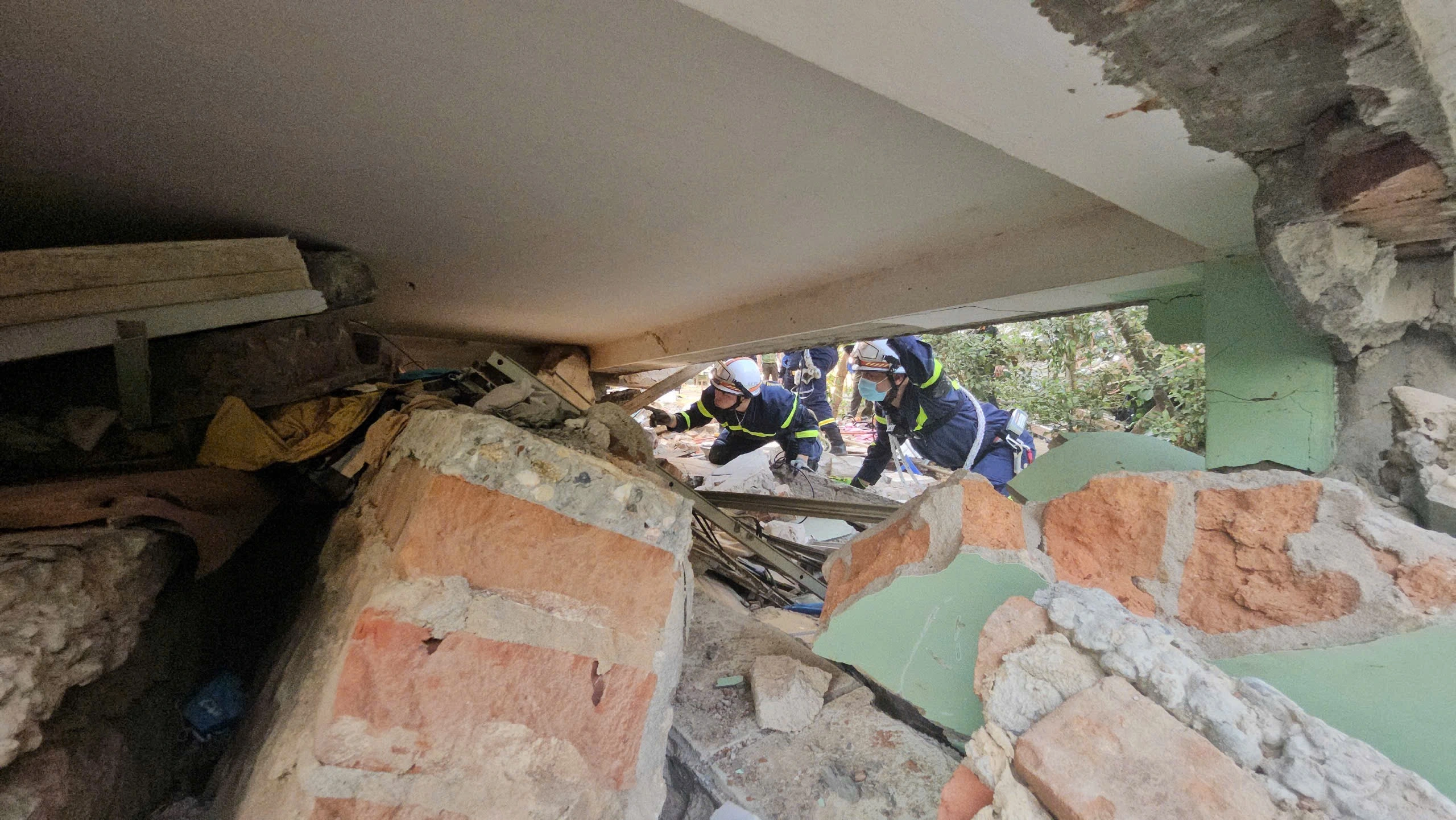












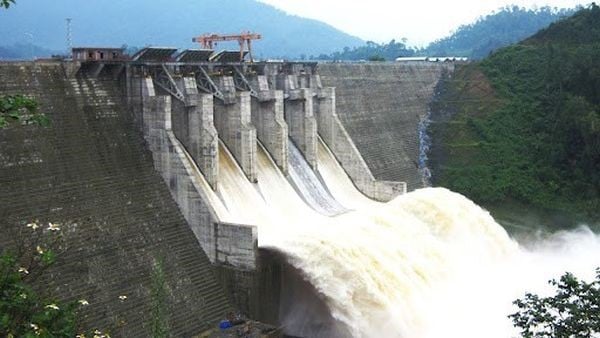





















Comment (0)